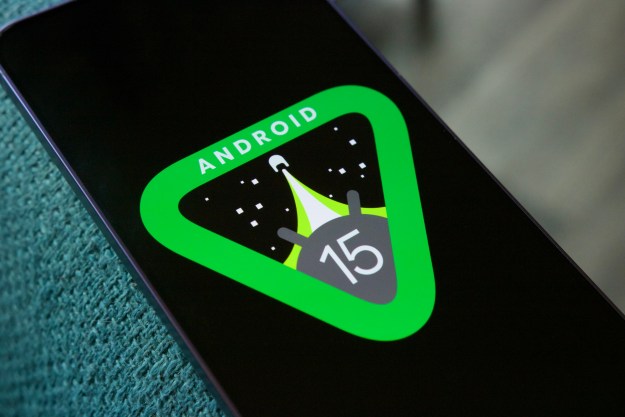
Announced via a post on Google’s safety & security blog, the Mute This Ad feature launched way back in 2012 has been buffed up, giving users the option to mute specific “reminder” ads — the ones that remind you to go back to a store you’d previously visited. While those ads may function well when someone does genuinely need reminding of a purchase, it can also be rather annoying to be constantly reminded of something you have no intention of buying. From today, users will be able to mute specific ads from specific advertisers to ensure unnecessary ads won’t inflict themselves on you again. And thanks to another small change, your preferences will be carried over to any other devices, so any ads you mute on your laptop also won’t show on your tablet, smartphone, or desktop PC.
It’s the latest in Google’s ongoing drive to ensure that users are only seeing the ads that they want to see. While an ad-free existence might be tempting to some (and attainable), Google would obviously prefer it if we choose to live with them. For that reason, the search giant has been quite liberal with ad preferences, launching Google Dashboard back in 2009, and consistently improving it so everyone has access to the same data that Google holds on them. From the dashboard, users can view and turn off access to Google searches, viewed YouTube videos, and more — it all comes down to how happy you are to let Google have your data.
It’s a win-win for Google — more relevant ads means that Google’s ad algorithms can really zero in what each user really wants, which means a better return on investment for anyone looking to invest in Google’ ad services. Because the only thing worse than an unwanted ad, is an unneeded ad.
Editors' Recommendations
- Motorola just launched a new Android phone to take on the Google Pixel 8a
- Google just launched a new Pixel Tablet … kind of
- 5 smartwatches you should buy instead of the Google Pixel Watch 2
- 5 web browsers you should use instead of Google Chrome or Edge
- Why you need to be excited about the Google Pixel 8a

